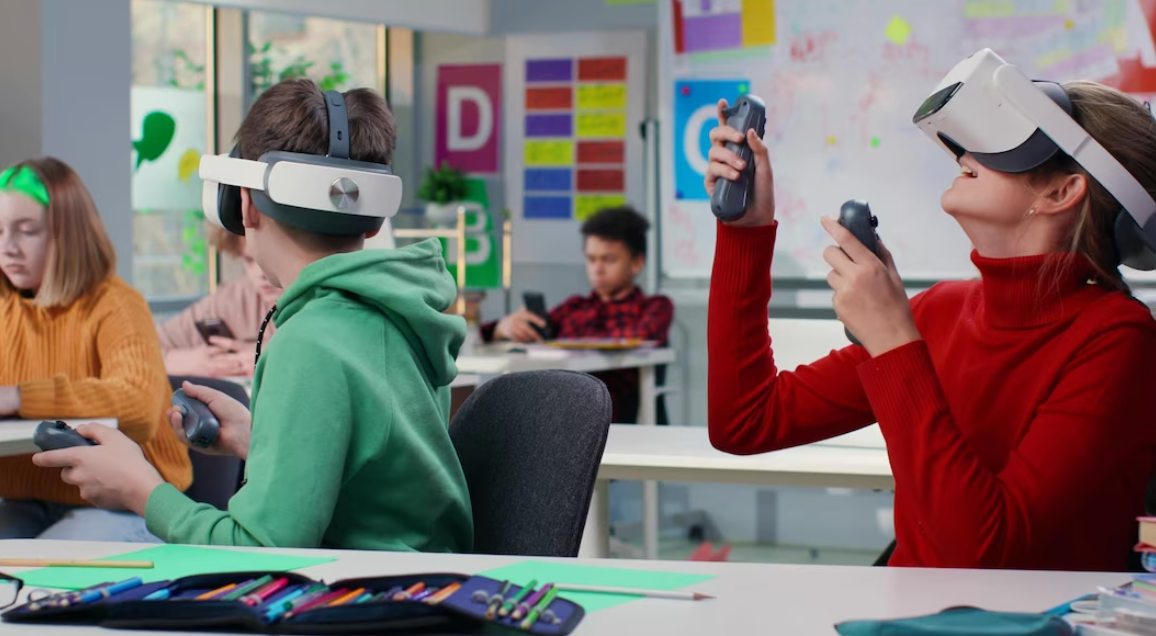The era of isolated AV departments and outdated TVs in schools has vanished. The education sector is rapidly transforming, fueled by the seamless integration of cutting-edge multimedia technologies. This trend shows no signs of deceleration; on the contrary, it is poised to expand even further in the coming years.
Multimedia, an amalgamation of visual and audio elements such as text, graphics, sound, animation, and video, has emerged as a pivotal component in digitized information systems. Interactive multimedia and hypermedia elevate this experience, empowering users to play more active roles in their learning journeys.
Educators now seek learning resources tailored to meet their students’ diverse needs. By harnessing multimedia technology, teachers can introduce innovative learning methods, both in traditional classrooms and remote settings. Equipping teachers with multimedia learning resources facilitates constructive concept development, allowing them to focus on guiding individual students effectively. Extending multimedia learning to homes opens doors to enriched distance learning possibilities.
The burgeoning interest in technology education marks a momentous period of progress. Let us delve into the myriad benefits of multimedia learning in today’s modern classrooms.
Advantages of Interactive Learning
In the pursuit of comprehensive understanding, Richard Mayer’s Cognitive Theory of Multimedia Learning illuminates how the simultaneous use of auditory and visual channels triggers diverse brain processes. This integration leads to heightened sensory absorption and improved memory retention, enriching the overall learning experience.
- Empowering Problem-Solving Skills: The integration of images, video, and animations alongside textual content acts as a catalyst, stimulating the brain and fostering increased attentiveness and information retention among students. Notably, technology-backed classrooms have been found to ignite high motivation, encourage teamwork, and promote a deeper understanding of complex projects, showcasing the prowess of multimedia education.
- Inspiring Positive Engagement: Multimedia learning sparks joy and engagement, nurturing students’ knowledge and passion for the subjects at hand. A recent NYU study emphasizes the importance of positive emotions in instructional design, as they play a significant role in enhancing learners’ experiences and boosting their performance.
- Unveiling a World of Knowledge: With improved internet connectivity, multimedia learning opens the door to diverse knowledge sources from around the globe. Online multimedia resources become the canvas on which educators can illustrate captivating and immersive lessons, enriched with an array of information and perspectives, as highlighted by the Internet Society.
- Embarking on Immersive Expeditions: Through immersive multimedia resources, the classroom transcends physical boundaries, transporting students to far-flung locations like Mount Everest, the NASA Space Station, or a refugee camp in Jordan. This experiential learning journey, enabled by 360° media, headsets, and smartphones, fosters exploration and interaction with boundless environments, making learning a thrilling adventure.
Conclusion
The advantages of multimedia learning in education are undeniable. The integration of visual and auditory elements not only enhances information processing but also leads to increased engagement and retention among students. With the ability to cater to diverse learning styles and preferences, multimedia learning opens doors to personalized educational experiences, promoting a deeper understanding of complex concepts.
As technology continues to advance, the potential for education is boundless. It empowers teachers to transcend geographical boundaries, leading students on virtual journeys and exposing them to fresh perspectives and diverse cultures. The captivating nature of technology not only sparks curiosity but also equips students with vital digital literacy skills, essential for success in the modern world. In this ever-changing educational landscape, embracing technology is not a mere option but an imperative. As we strive to equip our learners with the tools they need to flourish, technology becomes a guiding light, illuminating the path to a more engaging, inclusive, and effective educational journey. By harnessing the advantages of technology, we empower our students to become lifelong learners, ready to embrace the challenges and opportunities that lie ahead.
